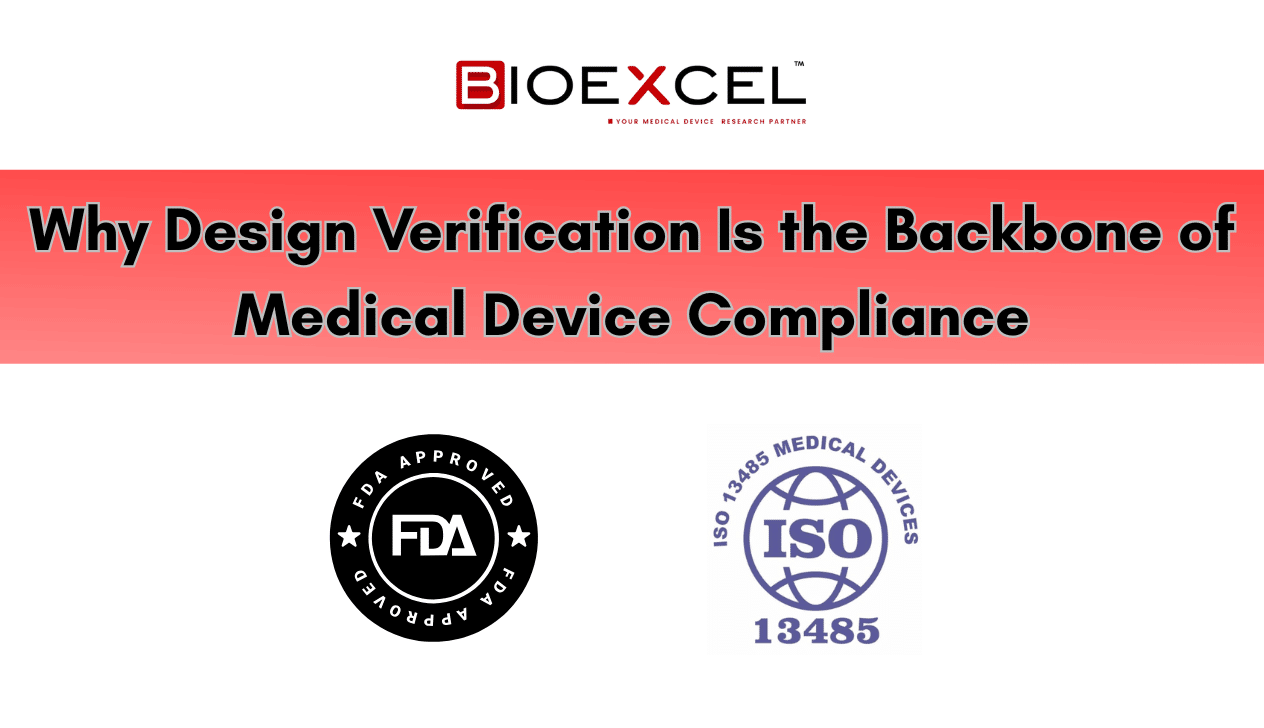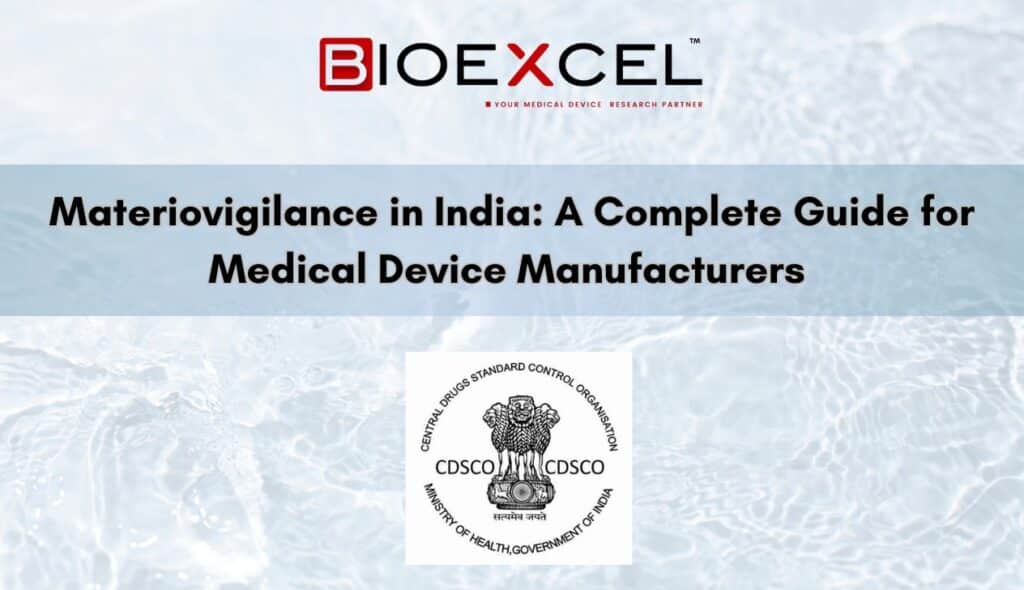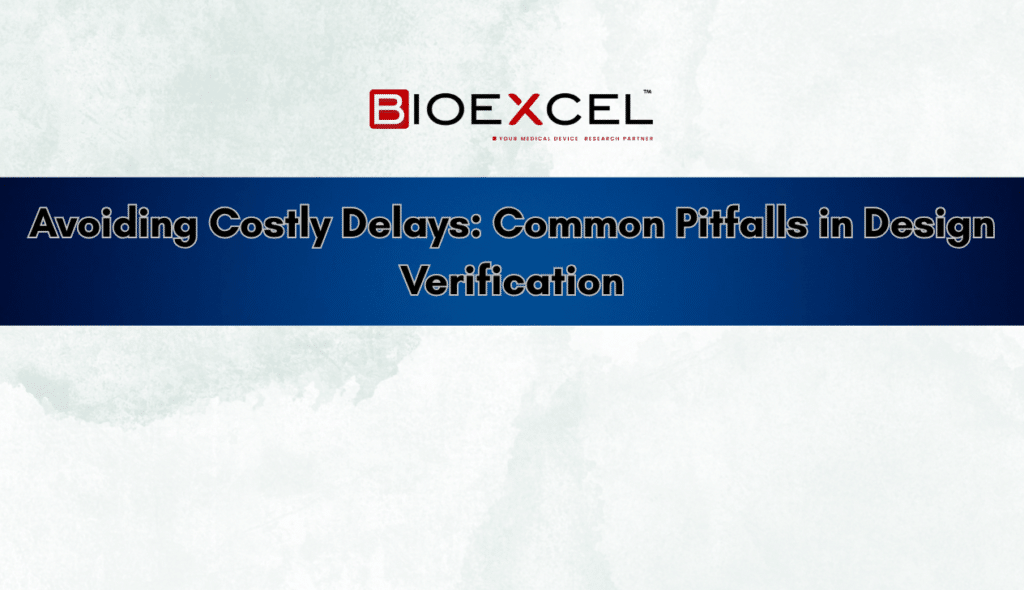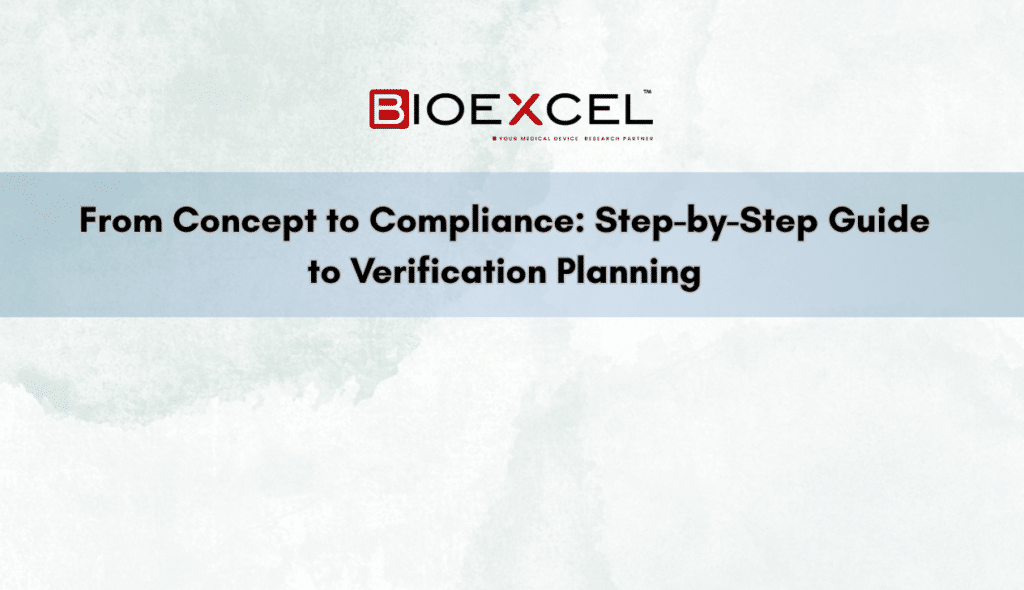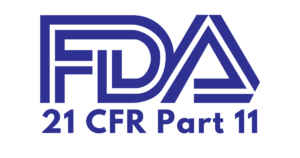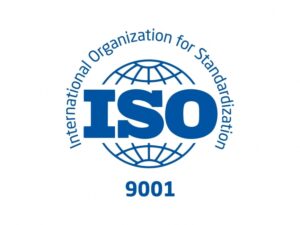Introduction
Before a medical device ever touches a patient’s life, its safety, accuracy, and performance must be proven beyond question. This critical assurance begins not at the manufacturing line, but within the design verification process — the true backbone of regulatory compliance. Far from being a bureaucratic hurdle, design verification is where engineering precision meets patient safety.
What Design Verification Really Means
Design verification answers one essential question:
“Did we build the device right?”
It’s the structured process of checking that each design output—drawings, specifications, materials, and components—aligns perfectly with the design input requirements that were defined at the start of the project.
For instance:
- If your design input specifies a catheter lumen diameter of 2.0 ± 0.1 mm, verification ensures the manufactured catheter meets that dimension consistently.
- If the device must withstand sterilisation cycles or maintain signal accuracy, verification confirms those conditions are met through controlled testing.
In short, verification connects design intent with tangible evidence — proving that the final design satisfies what was promised.
Why Regulators Care
Every major regulatory body embeds design verification into its framework:
- ISO 13485:2016 (Clause 7.3.6) requires documented evidence that design outputs meet input requirements.
- FDA 21 CFR 820.30(f) mandates verification under the Design Control regulations for all Class II and III devices.
- EU MDR Annex II, Section 3, expects detailed technical documentation linking verification data to essential performance and safety claims.
These frameworks share a common principle:
Verification isn’t optional — it’s the bridge between innovation and compliance.
Without this bridge, manufacturers cannot demonstrate conformity to Essential Safety and Performance Requirements, a prerequisite for CE marking, FDA clearance, or ISO certification.
Consequences of Skipping Proper Verification
Neglecting or shortcutting design verification can lead to costly and damaging outcomes:
- Audit Nonconformities – Regulators and auditors immediately flag missing traceability between design inputs and verification records.
- Product Recalls – Undetected design flaws surface post-market, forcing recalls or corrective actions.
- Regulatory Delays – Submission rejections or prolonged technical file reviews due to incomplete verification matrices.
- Market Withdrawal – In extreme cases, authorities may suspend sales or revoke CE certificates.
A single missed test or undocumented verification can unravel months of development effort.
Real-World Example: Prevention Through Verification
Consider a catheter manufacturer preparing for CE marking. During routine dimensional verification, engineers discovered a minor lumen diameter deviation beyond tolerance — an issue invisible during prototype evaluation.
By catching it early:
- The team corrected tooling parameters.
- Re-verified design conformance.
- Avoided a large-scale recall that could have jeopardised the brand’s credibility and patient safety.
This case shows how robust verification doesn’t slow innovation — it prevents failure before launch.
The Strategic Advantage of Strong Verification
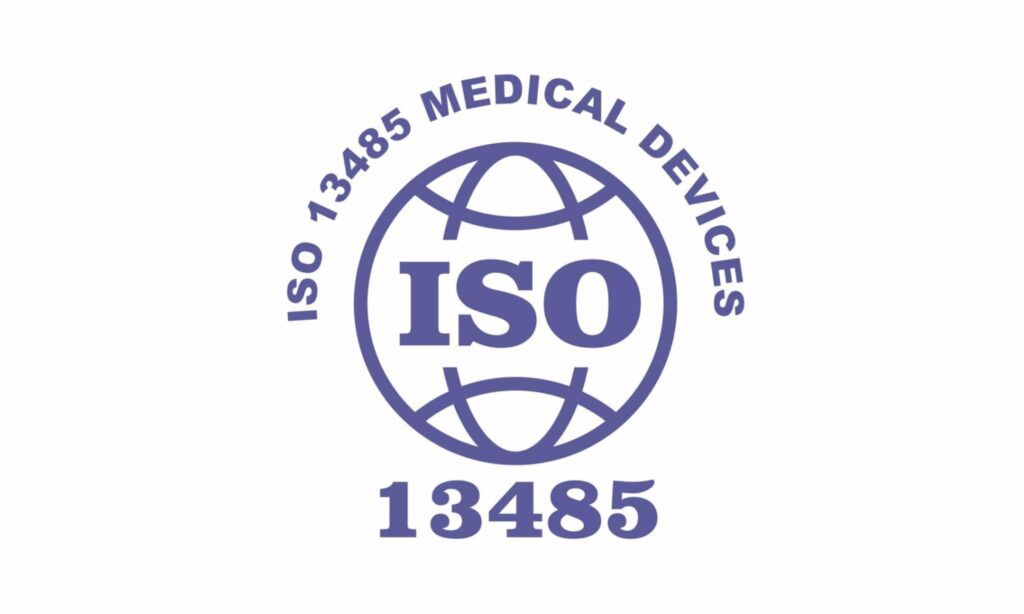
When implemented systematically, design verification delivers benefits that extend beyond compliance:
- Traceability – Clear mapping between design inputs, verification methods, and acceptance criteria.
- Risk Reduction – Early detection of design weaknesses before costly validation or manufacturing phases.
- Regulatory Readiness – Audit-ready documentation that aligns with ISO 13485 and FDA 21 CFR Part 820 requirements.
- Cross-Functional Confidence – Design, quality, and manufacturing teams operate from verified, evidence-based specifications.
Ultimately, verification builds organisational trust — across regulators, clinicians, and patients alike.
Final Takeaway
Design verification is not just a regulatory milestone; it’s the engineering proof that your product is built right, safe, and fit for its intended purpose.
It protects patients, secures compliance, and preserves your company’s reputation — all before the first device leaves the facility.
Verification ensures compliance and protects patients — the real measure of device success.
Next Step: Strengthen Your Verification Process
Aligned with ISO 13485:2016 and FDA 21 CFR 820.30, this practical checklist helps you:
- Structure verification protocols
- Map inputs to outputs
- Document acceptance criteria and test evidence
Ensure your next device stands on the firm foundation of verified design.


